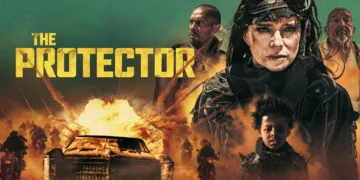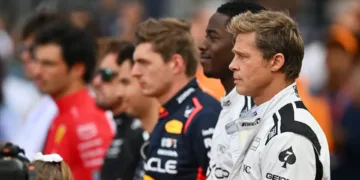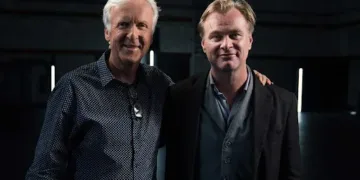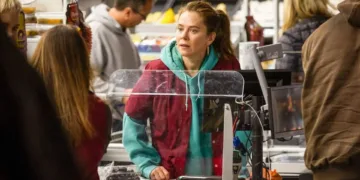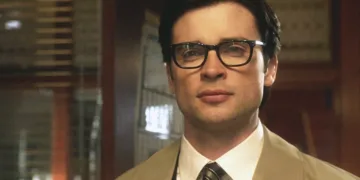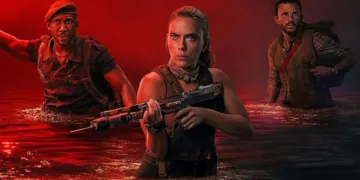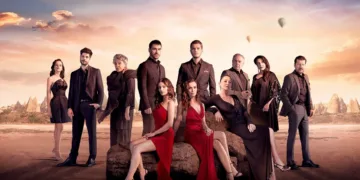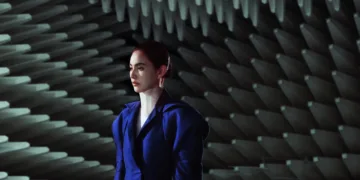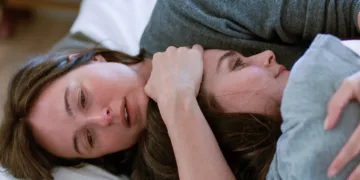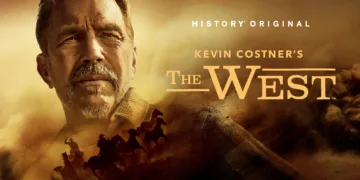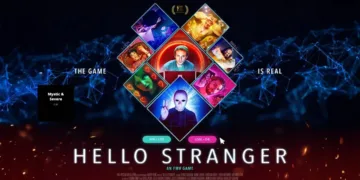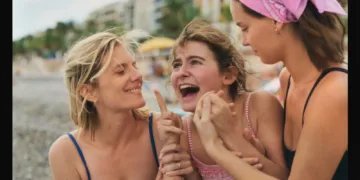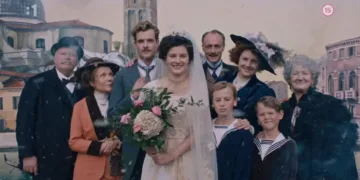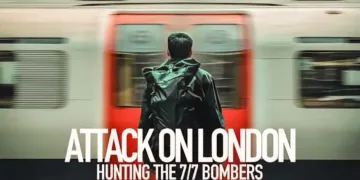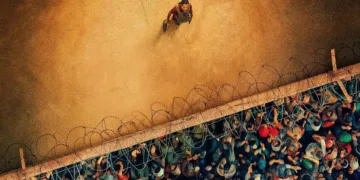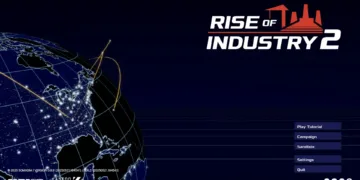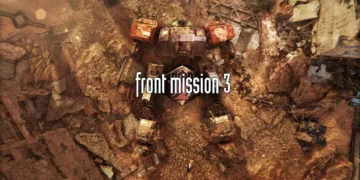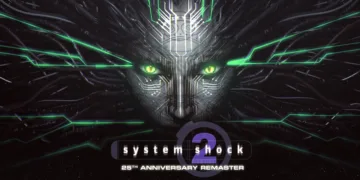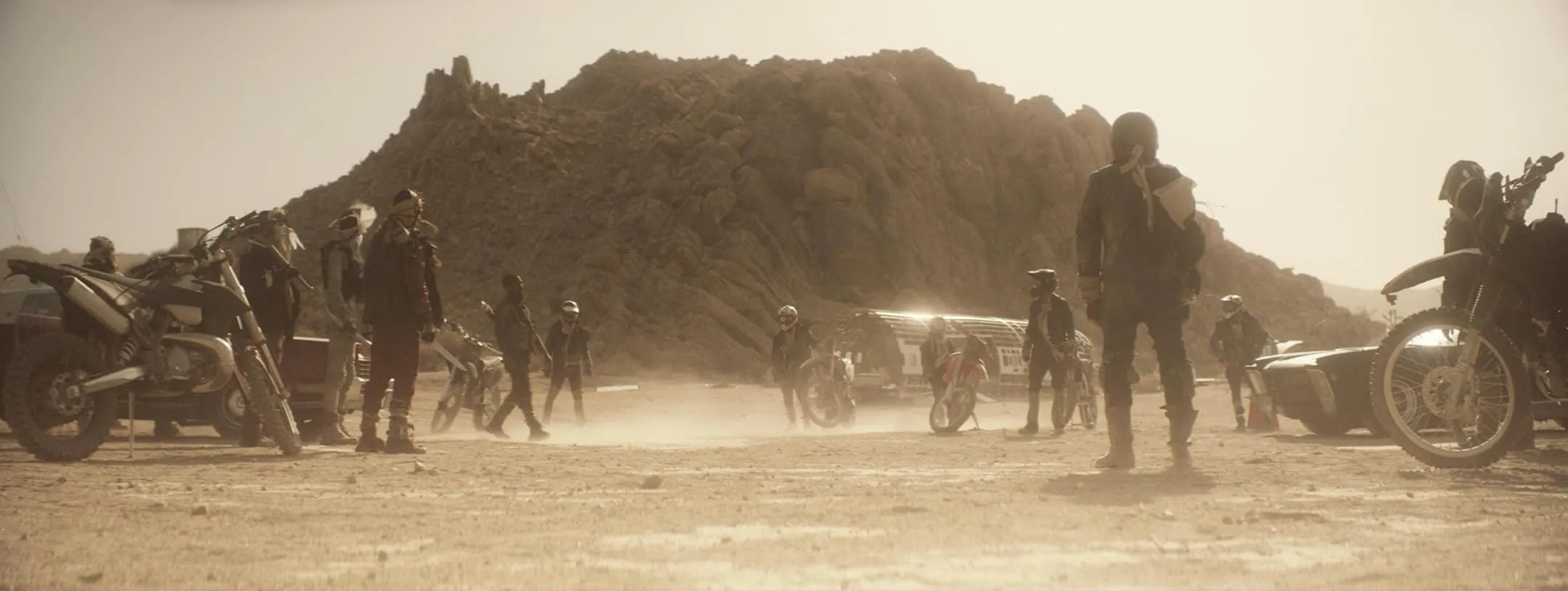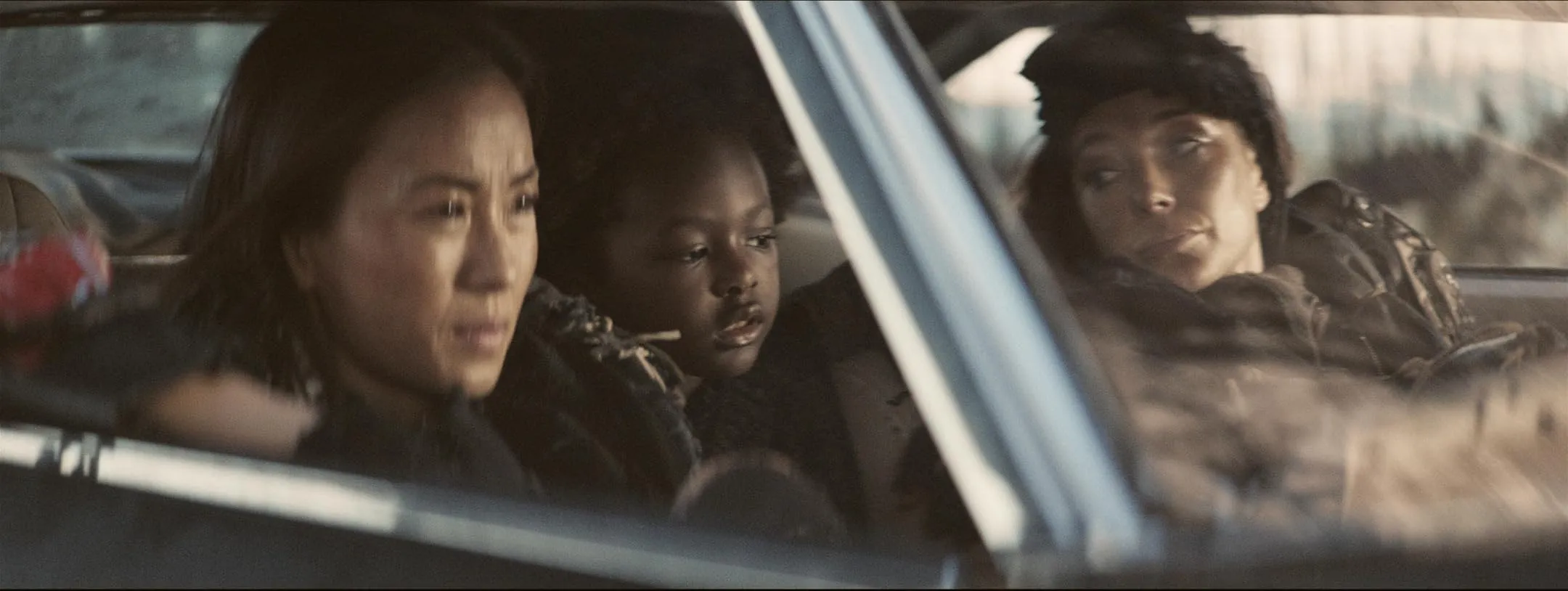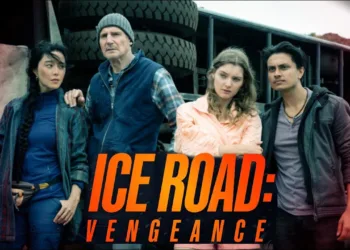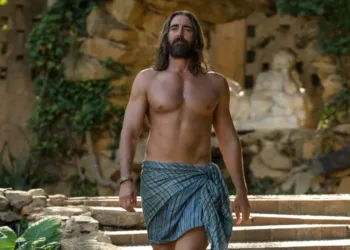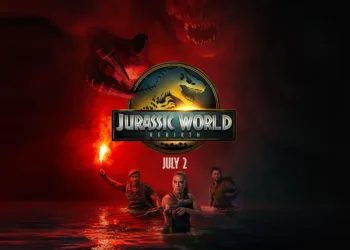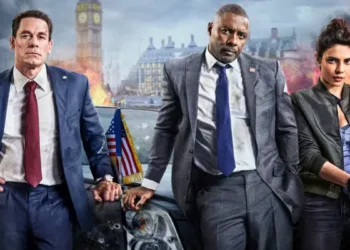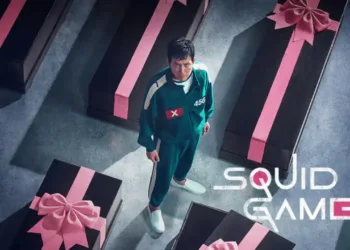The post-apocalyptic genre has long been a sandbox for storytellers to explore humanity’s breaking points, but it often operates on a grand scale. The Protector, set in a parched 2042, scales things down to the personal, focusing on a world where the end came not with a bang, but a slow, grinding erosion.
Society has crumbled from a cascade of calamities: a persistent plague known as “The Rot” thins the population, a profound infertility has made children a near-myth, and the agonizing absence of water has turned the landscape into a desolate canvas of cracked earth. In this grim setting, formal government is a distant memory, replaced by fiefdoms run by opportunistic warlords.
Into this world walks Key, a figure etched from the genre’s archetypal stone. Played by Marguerite Moreau, she is a hardened warrior whose past is written in scars and silence. We learn she is an ex-convict and a former champion of “dirt jousting,” a predictably brutal vehicular sport that serves as the wasteland’s answer to gladiatorial combat.
This backstory efficiently establishes her as a formidable survivor. She is offered a familiar deal by the local warlord, Gael: her freedom in exchange for one perilous task. She must use her knowledge to find a safe path through a deadly minefield guarding the region’s last known aquifer, which is located on a protected Native American reservation. The narrative structure is familiar, a simple setup for a journey into a hostile world.
The Child as Catalyst
A story about a hardened survivor needs a reason to evolve beyond mere survival; an external force must act upon the protagonist’s inertia. The Protector finds its reason in the form of a small boy named Kellan. In a world where children are relics of a bygone era, his very existence is a narrative shockwave, an anomaly that ripples through the story.
Key’s discovery of him fundamentally alters the script’s trajectory and her character’s internal calculus. The mission for personal freedom, a goal rooted in self-interest, is immediately and irrevocably supplanted by a mission of protection. This is the film’s central narrative mechanism, pivoting Key from a cynical anti-hero toward a reluctant guardian.
The script uses this classic device to explore its core ideas with some nuance. Kellan represents a flicker of a potential future, a stark contrast to the suffocating despair that motivates nearly every other character. This is most clear in the subplot of Chris, an old acquaintance of Key’s, who is forced by Gael to hunt her in exchange for a cure for his dying wife.
His journey is a dark mirror to Key’s, showing the desperate actions a person might take when hope is transactional. The film reinforces Key’s emotional state through stark, black-and-white flashbacks to her life with her wife, True. These glimpses are not just exposition; they provide the foundation for her pain and illustrate her capacity for deep connection, making her sudden bond with Kellan feel rooted in her character’s history of love and loss.
Grit Forged from Limitation
A film’s aesthetic is often a direct result of its resources, and The Protector smartly turns its modest budget into a stylistic strength. The cinematography forgoes digital gloss for a scorched, tangible reality. Director Raul Gasteazoro and cinematographer Daniel Gomez use the natural landscape to create a sense of immense scale and isolation without needing expensive effects.
The beauty that exists in this world is stark and desolate, found in the blood-orange skies over cracked earth. This grounded approach extends to the action sequences, which operate on a similar principle. The fight choreography feels raw and desperate, emphasizing the brutal efficiency of hand-to-hand combat. Key moves not like a polished superhero but like someone who has learned to end fights quickly and messily, as seen in a frantic encounter where a simple fork becomes a deadly weapon.
A centerpiece sequence involving the minefield crossing generates considerable tension through careful pacing and a focus on practical stakes, not through manufactured spectacle. This commitment to a lived-in texture is visible in every frame.
The scavenged vehicles look pieced together from necessity, the costumes are layered and grimy, and the lonely structures feel like the last outposts against an encroaching emptiness. The entire production demonstrates how creative constraints can forge a distinct identity. By focusing on grit over grandeur, the film creates a world that feels coherent and threatening in its brokenness.
The Power of a Quiet Statement
A narrative built on such grim foundations requires strong performances to anchor its human element, and the cast here is essential to its success. Marguerite Moreau carries the film, effectively balancing Key’s formidable physical presence with a palpable sense of internal damage.
Her transformation from a numb survivor to a fierce protector feels earned because she allows the audience to see the vulnerability showing through the cracks in her tough-as-nails armor. As the reservation’s guardian, Brand, the veteran actor Graham Greene provides a much-needed sense of gravitas and wisdom.
Though his screen time is limited, his authoritative presence establishes him as the story’s moral compass, representing a form of survival based on patience and connection to the land. Opposite them, Aryeh-Or’s warlord Gael is a figure of quiet menace, his villainy more chilling for its calm, calculated understatement than any overt rage.
The film’s message about resilience and the preservation of humanity is communicated not through grand speeches but through the small, determined actions of these characters. This restraint extends to the film’s final moments.
It resists the urge for a large, explosive confrontation, opting instead for a conclusion that is thoughtful, subdued, and emotionally resonant. This choice is a final, confident statement from the filmmaker. It suggests that in a ruined world, the most meaningful victory is not reclaiming the past, but protecting the small, fragile possibility of a future.
The Protector Released on May 23, 2025 by Vertical Entertainment, the film runs 102 minutes and combines gritty performances with intense action and a haunting score by Michael Sempert. It’s now available to rent or buy on Fandango at Home, Apple TV, and other digital platforms.
Full Credits
Director: Raul Gasteazoro
Writers: Raul Gasteazoro
Producers and Executive Producers: Raul Gasteazoro, James Cooney, Matthew Fahey, Jamie Roberts, Casey Unterman, Helix Wolfson; Executive Producers: Stephanie Boyum, Eliot Estrin, Jesse Estrin, Weston Hoard, Danny Mills, Trudy Richter, Don Santa, Carol Schilling, Jean‑Michel Tari, Daniel Weinberg
Cast: Graham Greene, Marguerite Moreau, Aryeh‑Or Katz, Jade Tailor, Christopher Redman, Matthew Fahey, Brandon Michael Anderson, Michael Piccirilli
Director of Photography (Cinematographer): Daniel Gomez
Editors: Brad Miller, Andy Reisfeld
Composer: Michael Sempert
The Review
The Protector
The Protector wisely invests in character over catastrophe. While its narrative framework is built from familiar post-apocalyptic parts, the film succeeds through a raw lead performance and resourceful, grounded filmmaking. It trades explosive spectacle for a more thoughtful and resonant message about finding purpose in a ruined world, making it a worthy entry in a well-traveled genre.
PROS
- A strong, grounded lead performance from Marguerite Moreau.
- Effective world-building and gritty visuals achieved on a modest budget.
- Raw, practical action sequences that feel authentic.
- A resonant, character-focused story centered on a message of hope.
CONS
- The plot follows a very familiar and conventional narrative structure.
- Some secondary characters and subplots feel underdeveloped.
